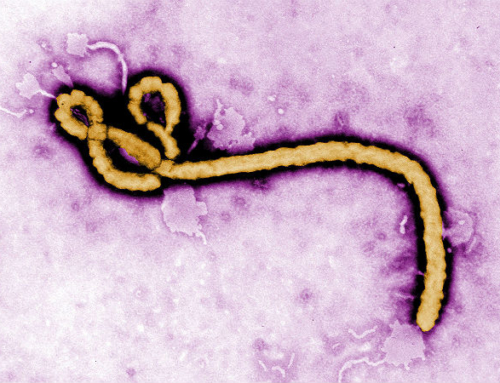Launch
Following a few technical and weather related delays, the satellite was launched from India on November 5th, 2013. It took 323 days to reach the Red Planet. During this time it spent around a month orbiting the earth where it made a series of seven altitude raising orbital manoeuvres before trans-Mars injection on 30 November 2013.
Instruments on-board will be used for scientific and surface mapping studies
Although this is a proof-of-concept mission, the Mars Orbiter Mission (MOM) will undertake scientific and mapping studies of the Red Planet. Mangalyaan has five instruments in its payload:
- Methane sensor for mars (MSM): As the name suggests, this instrument will detect and measure the presence of atmospheric methane. Although geological processes such as iron oxidation can also release methane into the atmosphere, its release can also be due to biological processes- thus, an indicator of life on the planet.
- Lyman-Alpha Photometer (LAP): Measures the ratio of deuterium and hydrogen in the atmosphere. Scientists will use this to determine how Mars’ atmosphere has changed over time. Mars’ gravity is less than Earth and it does not have a strong enough magnetic field to shield its atmosphere from the Sun. Thus it is losing its atmosphere slowly.
- Mars Exospheric Neutral Composition Analyser (MENCA): This instrument measures the neutral composition of particles in the exosphere
- Mars Colour Camera (MCC): This is a colour camera for imaging the Martian surface in the visual spectrum. It will give information on the features and composition of the surface and will help monitor weather patterns. The information it gathers will also be used by the other instruments that Mangalyaan carries.
- Thermal Infrared Imaging Spectrometer (TIS): This instrument will measure the thermal emission of minerals and other materials on the Martian surface. This will help determine surface composition. Since it measures in the infrared range, the instrument can capture images both during day and night.
The Mangalyaan will spend the next 6 months orbiting the Red Planet and conducting scientific measurements. Following this mission, ISRO (Indian Space Research Organisation), plans to send its next Mars mission between 2017-2020.
References





